By Brian H. Wright
On Sunday morning, December 7, 1941, Gunner’s Mate Russell Winsett, 19, awoke at 5 am as he did most mornings. As he went topside he could see that the weather was like almost every December day in Pearl Harbor, Hawaii, sunny blue skies with a few white puffy clouds.
This was a day Winsett was looking forward to. He thought to himself, “It’s gonna be a beautiful day to visit the island with my cousin, his wife, and three kids.” Winsett had met his relative William Pope several months earlier when his family wrote and told him that he had a distant cousin also stationed at Pearl Harbor. Winsett had found the ship William was serving on, contacted him, and they met for a short visit. The next day his cousin went on a two-month cruise. Winsett was looking forward to reconnecting with his family member and getting to meet his wife and kids while taking in the sights of Hawaii. It was a long way from home for this Alabama farm boy.
Winsett graduated from high school in 1939 and began working on the family farm. His oldest brother had already joined the Army. In 1940, Russell started thinking of life off the farm. “It was a good life, but I didn’t like the back breaking work of farming in the heat,” he said of his childhood in the little town of Hamilton in northwest Alabama. “I was simply tired of using a mule’s ass for a compass. So one day, me [sic] and two other buddies decided that we would join the Navy. We drove to the recruiting station over in Florence. During the medical exam they found something in my kidneys they didn’t like, so they took my two buddies immediately, but sent me home with instructions on how to cure myself. Two weeks later I went back, and they passed me that time.”
Winsett never saw his two buddies after that but found out later that both of them lost their lives during the war. He was soon off to boot camp in Norfolk, Virginia. After boot camp he took a five-day train trip to Bremerton, Washington, to join the crew of the battleship USS Pennsylvania. “Back then you didn’t have all the specialized training they do with sailors today. You learned by getting on ship and having the chief watch over you.”
The lead ship of her class, Pennsylvania was laid down on October 27, 1913, by the Newport News Shipbuilding Company, in Newport News, Virginia. Launched on March 16, 1915, and commissioned on June 12, 1916, she began her proud tradition in October of that year as the flagship of the Atlantic Fleet. During her time as flagship, the Pennsylvania escorted ships carrying President Woodrow Wilson on tours as well as having Vice President Thomas Marshall and other dignitaries on board. In 1922, the Pennsylvania joined the Pacific Fleet based in San Pedro, California. During the interwar period, her duties primarily involved operations along the West Coast.
Winsett felt lucky to be assigned to such a proud ship. “This ship is a whole lot bigger than my house,” he remembered thinking upon seeing the Pennsylvania. His first week on board was spent getting familiar with the ship and learning his duties. After a week, the Pennsylvania set sail for Hawaii. “The cruise took about a week, and we had some rough seas but I never got seasick, and then we finally sailed into Pearl Harbor. It was like being in paradise.”
The Pennsylvania arrived in January 1941, and Winsett was excited to go ashore and see the sights. Life on the island was beautiful and fun for this young man of humble beginnings. “Really, you couldn’t do much on $21 a month pay,” he said. “Mostly when we got liberty we just went downtown. Some guys liked to go to Hotel Street, which was kinda the main drag. That’s where the working girls hung out.”
For Winsett, however, that was not one of the pleasures of this paradise. When asked, he smiled, shook his head, and with a gleam in his eye said, “No that wasn’t for me, especially since it cost $5, and I was only making $21 per month.”
Winsett’s shipboard duties did not allow for a lot of free time. “There was always something to clean, something to wax, or something to paint on board,” he explained. The Pennsylvania crew was especially proud of one member. Joe Bennett was the fleet heavyweight boxing champ and a friend of Winsett. “Everyone knew Joe to be a good guy, but he was definitely someone you didn’t want to mess with.”
On the fateful morning of December 7, 1941, during the Japanese attack, the Pennsylvania was in Drydock No. 1 at the Pearl Harbor Navy Yard with three of her propeller shafts removed. In the same drydock off the bow of the Pennsylvania were two destroyers, the USS Downes and USS Cassin. Pennsylvania’s normal sea berth while in port was B-2, which was occupied that morning by the cruiser USS Helena with the minelayer USS Oglala alongside. Activity aboard the Pennsylvania was even quieter than normal since she was excused, due to being drydocked, from the normal morning antiaircraft drills. A condition watch of antiaircraft personnel was on duty, but the guns where unmanned.
With the Pennsylvania in drydock, the crew had to go ashore to bathe and use the facilities. After breakfast that morning Winsett made his way down the gangplank toward the shipyard facilities to shower and get ready for his day with his cousin and family. “I wasn’t in any big hurry, since liberty didn’t begin until 8 am,” he recalled. “It was just a normal day. No one was really expecting anything.”
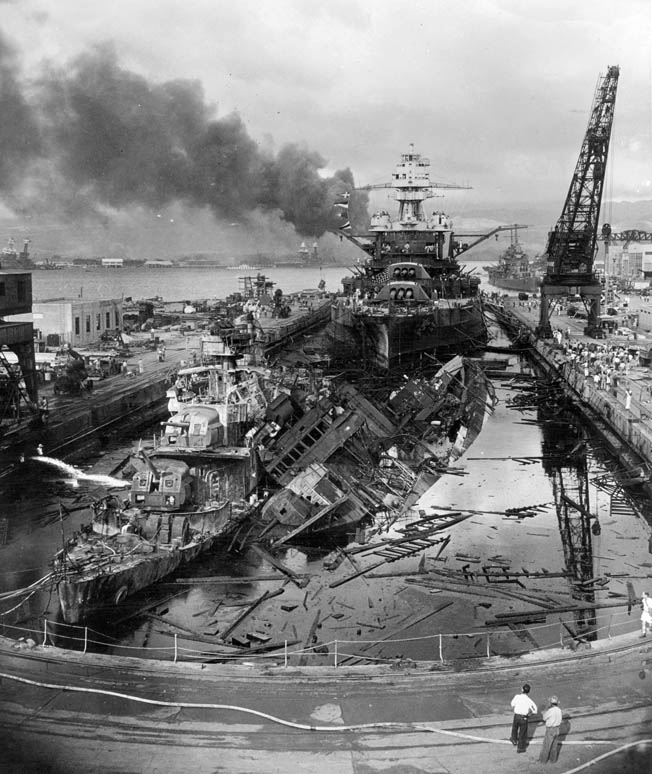
Then, just as Winsett began walking back toward the Pennsylvania, he heard booming noises. “I thought, ‘Man, that’s a strange time to have battle practice on Sunday morning.’” Explosions were heard on the end of Ford Island aft of Drydock No. 1. At 7:57 am came a bugle call and alarm for general quarters.
Wearing his dungarees, Winsett ran the 50 yards back to the ship and his battle station, a .50-caliber machine gun facing toward the bow on the starboard side. He still believed it was just “another drill.” As soon as the stations were manned, Condition “YOKE” (Enemy Is Probable) was set by Captain C.M. Cooke, Jr.
“None of us believed it was an actual attack, at least at first,” remembered Winsett. “Back then there wasn’t TV and just occasionally a radio for music. I didn’t keep up with the news on a daily basis, and maybe the officers suspected something but they never told the enlisted men anything, so we were all surprised. By the time I got to my position the first wave of attacking planes had started their strafing run. The ammo box beside my gun was locked, so I took a dog wrench and broke off the lock.”
Winsett’s gun was not the only one with the ammo locked up. In the after action report it is noted that many men broke off the locks versus waiting for keys to be found. However, Winsett now laughs that a junior officer put him on report and recommended he be courtmartialed for breaking the lock or, as the junior officer stated in his report, “destroying government property.”
“That Ensign took me before the captain after everything was over and the Captain just shook his head and said, no we are not going to even consider this. That ended my court martial,” Winsett laughed.
On that fateful morning, sailors aboard ships throughout Pearl Harbor were stunned and then sprang into action. “Japanese planes, they were all over,” Winsett said. “You could see the red ball on the wings and the fuselages.”
Winsett began firing his .50-caliber machine gun, and while he will not claim that he shot any Japanese planes down, he is sure he hit many of them. “The ammo was set with tracer rounds every third shot, so it was easy to follow my aim,” he commented. “Those Jap planes were so close I could see the smile on the faces of the pilots as they attacked.”
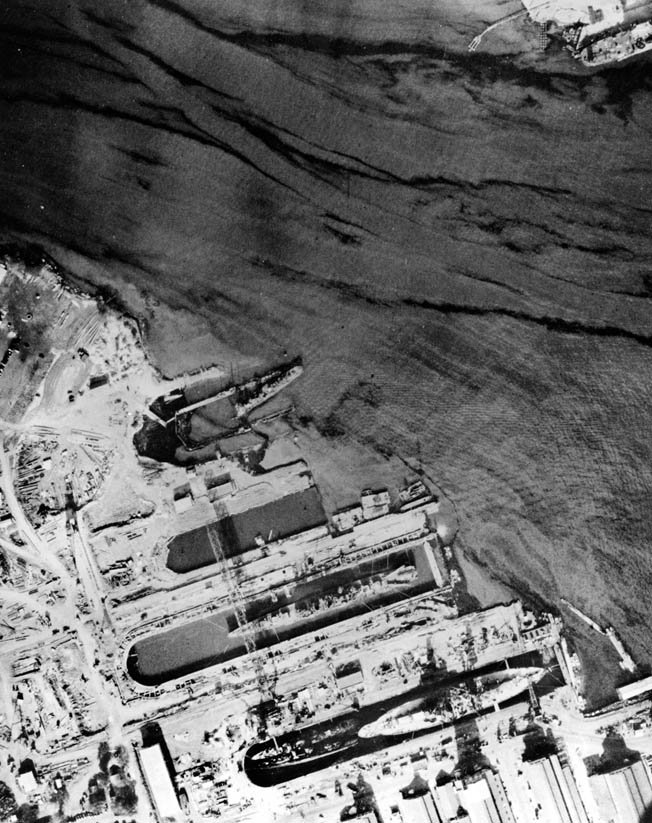
Fighters and dive bombers streaked overhead, strafing the Pennsylvania as they passed. Winsett kept firing. One civilian, a shipyard worker named George Walters, ran the large dock crane back and forth along its track attempting to block the path of the low-flying Japanese aircraft with the boom. Gunners on the Pennsylvania had their fields of vision blocked since they were below ground level in the drydock and used the boom as a warning sign to indicate the direction of incoming Japanese aircraft.
Formations of torpedo planes and dive bombers passed directly over the Pennsylvania as they focused on Battleship Row, which was off the stern on the Pennsylvania. “Those guys were passing right over my machine gun facing the bow of the ship,” said Winsett. “You could see the pilot. That’s when you let go, when you really knew you were hitting something.”
Acting automatically, the young sailor fed bullets into the machine guns on a long belt and corrected his aim with red-colored tracers. After about 15 minutes of firing, the gravity of the situation began to sink in. “I realized at that point that we were at war,” Winsett observed.
Shooting from the mainmast was a strange experience, one moment spent feverishly firing at Japanese planes and the next forced to sit and observe since the weapon would not swing around 360 degrees. In those moments, Winsett was free to look around and witness the battle.
“I really couldn’t see a lot, mostly just what was in front of me, toward the bow of the ship toward the two destroyers also in dry-dock,” he said. “When the Cassin and Downes took hits and the fires started, the view in that direction became thick with smoke. Smoke was everywhere and really blocked my view except for close by.”
The worst moment for Winsett came when he spotted a good friend from boot camp, the ship’s photographer. His friend was “climbing the aftermast to get some pictures. Next thing I knew he was on the way down. They shot him. That hurt worse than anything else.”
Winsett also remembers the explosion from a bomb that exploded between the two destroyers in drydock. “I heard later on that the bomb didn’t create a lot of damage, but it set off a torpedo on one of the destroyers that really caused most of the damage,” he noted. Fires raged on both the Downes and the Cassin, and the intense heat began to blister the paint on the Pennsylvania and set the teak wood decks ablaze.
Pennsylvania was the first ship to return fire that morning, its machine guns barking at 8:02. During the attack Winsett and his fellow gunner’s mates fired 65,000 rounds of .50-caliber ammunition.
“Man, I was firing so fast that the barrel got so hot the rifling went out and I had to replace the barrel,” Winsett remembered. “You could tell because the rounds started falling short and way off target. It was no big deal, my assistant gunner and I changed it very quickly.”
Hours of drilling paid off. Winsett stayed at his gun and kept fighting back “for what seemed like 8 to 10 hours, but after it was over the battle was not even two hours long.” He is thankful that his gun position was well protected with a four-foot wall with deflection shields to protect the sailors manning the gun from enemy fire. “It was tough moving around as the shell casings fell to the floor of our little area and began to pile up as deep as our ankles,” he said.
Early in the action, three Japanese planes came in low from the port beam, firing their machine guns at the Pennsylvania, but Captain Cooke reported, “Strafing attack not effective.” During the torpedo attacks, one enemy plane was seen to burst into flames about 2,000 yards on the starboard bow.
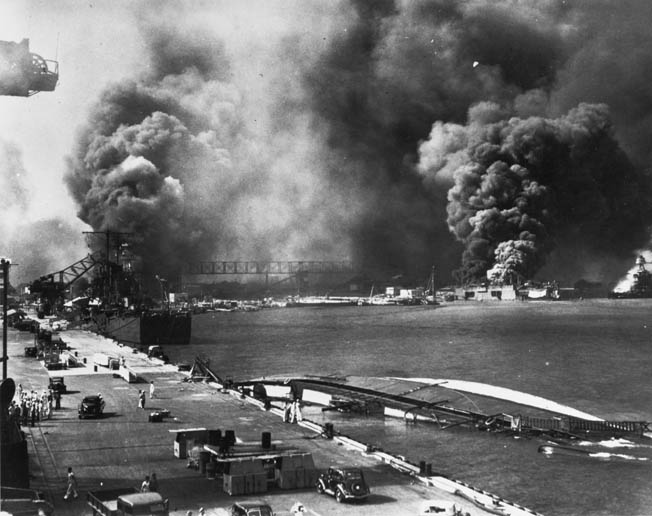
Sometime between 8 and 8:30 am, the battleship USS Nevada was getting underway and reached a point on the Pennsylvania’s starboard quarter about 600 yards distant when a dive bombing attack approached the Pennsylvania off the port bow. It appeared that 10 to 15 Japanese planes were coming in succession at low altitude. This attack apparently was directed at the Pennsylvania and the two destroyers in drydock, and the attackers were taken under heavy fire. Just before reaching the Pennsylvania, about two-thirds appeared to swerve to the left, a number of them dropping bombs near the Nevada with some misses ahead and astern and at least one hit near the bridge. The Nevada stopped temporarily.
At the same time, other planes passed to port and over the Pennsylvania, dropping bombs that fell in the water beyond the caisson. Except for machine-gun bullets, the Pennsylvania was not hit during this attack wave. One of the dive bombers dropped a bomb on the destroyer USS Shaw in the floating drydock off Pennsylvania’s starboard side, setting it on fire. The Nevada then slowly swung around and headed to port, later beaching at Hospital Point.
Between 8:30 and 9:15 at least five Japanese bomber formations passed over the Pennsylvania, one from the port bow, one from ahead, one passing to starboard, and two from astern. These attackers were generally in “V” formations with four to six planes in each. The Japanese planes maintained straight courses and were estimated at an altitude of 10,000 to 12,000 feet. The sailors aboard the Pennsylvania believed their first attack was against Battleship Row across the channel.
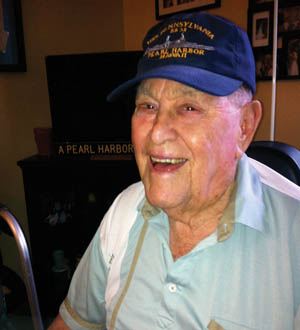
The second attack came in on the port bow and dropped bombs on the ships in the drydock. One bomb hit Downes at approximately 9:06. Another one hit the starboard of the Pennsylvania, and a third hit the boat deck of the battleship a few feet abaft 5-inch gun no. 7, passing through the boat deck and detonating in the casemate of 5-inch gun no. 9.
“We had a lot of Marines manning that gun that were killed during that time,” Winsett said.
Yet another bomb is believed to have fallen harmlessly into the harbor outside the dock.
Sporadic attacks on the Pennsylvania continued for some 15 minutes. The last enemy run was from a plane passing to the south at a low altitude along the port beam. About 30 machine-gun hits in the shield around the maintop machine gun where Winsett was positioned may have come from this plane. None of the bullets that struck the shield managed to penetrate it. This particular plane was taken under heavy fire by Pennsylvania’s port batteries and was hit by the machine gun on the port side of the stack. It crashed on the nearby hospital grounds.
In after-action interviews, crewmen of the Pennsylvania claimed to have destroyed six enemy planes. However, Captain Cooke noted in his report, “There is fairly good proof of two having been hit by this ship, but there is no way to confirm the other claims.”
At 9:20 drydock flooding was started to assist in putting out fires. Both Downes and Cassin were on fire from stem to stern. Flaming oil on the water in dock set fire to the paint on the Pennsylvania’s starboard bow below Winsett’s position. The bomb hit on the dock had cut electrical power, and the Pennsylvania switched to reserve battery power.
About 9:30, the destroyers were rocked by explosions, and at 9:41 torpedo warheads on Downes exploded on the starboard side of the destroyer, covering the area with debris. A section of torpedo tube, weighing between 500 and 1,000 pounds, struck the Pennsylvania’s forecastle. Precautionary measures were taken on the bow of the Pennsylvania to prevent the spread of the fire internally. Luckily, the flames were brought under control before serious damage to the battleship resulted. The Cassin, from which part of the hull had been removed for dock work, rolled over on the Downes.
The damage to the Pennsylvania was relatively light considering the number of attacks she endured. The 500-pound bomb hit that damaged the 5-inch guns blew a hole roughly 20 feet by 20 feet in the boat deck. The explosion wrecked galley equipment and caused fuel oil from the service tanks to run into the decks below.
Bomb fragments on the boat deck struck a 40-foot motor sailing launch in its skids, perforating the side in a number of places. This motor launch probably saved some of the personnel manning the portside guns. Fires erupted on the main deck and on the second deck, and these were difficult to put out because of the lack pressure in the water mains. Fire, water, and leaking oil caused damage to officers’ rooms on the second deck.
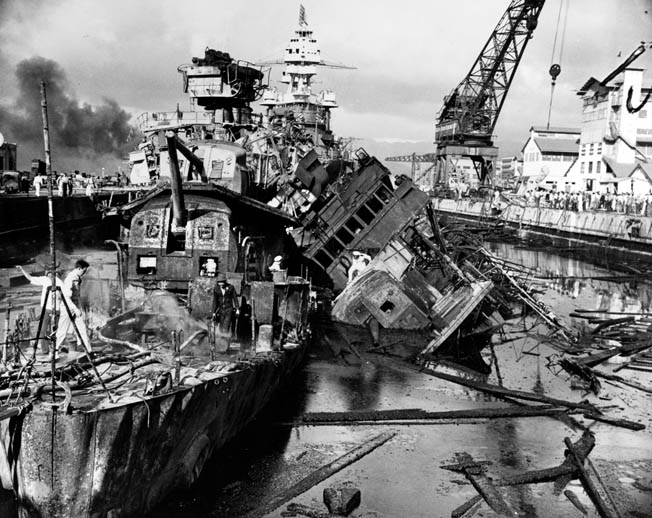
The bomb explosion in casemate No. 9 killed 26 men and two officers. One officer, Lt. Cmdr. J.E. Craig, was probably passing through the compartment to carry out assigned duties aft. Lieutenant (j.g.) Richard R. Rall of the medical detachment was killed at the battle dressing station in the warrant officer’s mess. One man, tending the donkey boiler on the dock that supplied steam to the ship, was killed, probably either by a machine-gun bullet or by the bomb hit on the dock on the starboard side of the ship.
Captain Cooke stated, “The conduct of all officers and men was of the highest order. There was no flinching. There was no necessity of urging men to action. Rather was there perhaps in some cases over zeal in the matter of expending ammunition. The Commanding Officer would be glad to recommend each individual participating in the action for distinguished conduct, but recognizes that this cannot well be done.”
Both Winsett and the USS Pennsylvania went on to serve throughout World War II. Winsett completed a 20-year career with the Navy and retired as a chief petty officer. After Pearl Harbor he was transferred to a new ship, the destroyer USS Foote. Winsett’s World War II service included seven campaigns. He witnessed the raising of the U.S. flag on the summit of Mount Suribachi on Iwo Jima as well as the invasion of Okinawa.
After the propeller screws were replaced on the Pennsylvania, she sailed back to Bremerton, Washington, for immediate repairs and was overhauled in San Francisco in 1942. She participated in the Aleutian Campaign in 1943, where she engaged in the shore bombardment at Holtz Bay, Attu, and Chicago Harbor. As she retired from Attu, she maneuvered at full speed to avoid a torpedo attack from the Japanese submarine I-31, which was subsequently sunk by the destroyers USS Edwards and Frazier.
In January 1944, the Pennsylvania bombarded Kwajalein atoll in support of the Marine landings there. The following month Pennsylvania steamed boldly into the lagoon at Eniwetok with her batteries blazing away at enemy installations. Later that morning she bombarded Engebi in support of the assault waves hitting the beach. After Engebi was secured, she steamed to the vicinity of Parry Island, where she took part in the bombardment in support of those landings. At Guam, she fired more ammunition than any other warship in U.S. naval history during a single campaign. Pennsylvania earned the nickname “Old Falling Apart” because she expelled so much steel that she appeared to be actually falling apart.
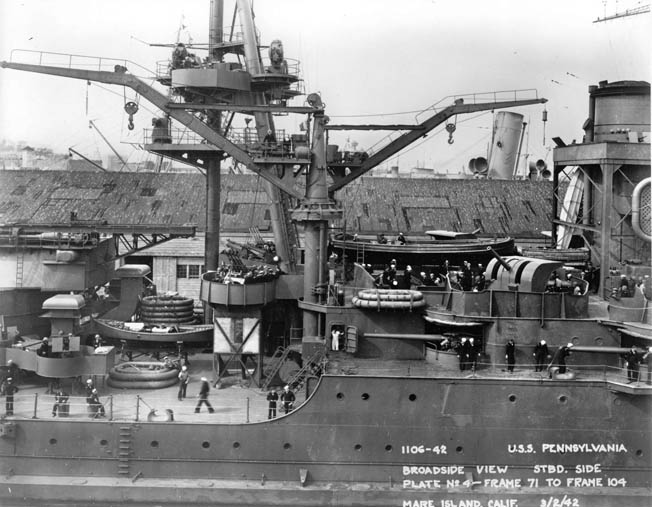
“Old Falling Apart” ended her service in July 1946 as a target ship during atomic bomb tests at Bikini Atoll. Chief Petty Officer Winsett retired from the Navy in 1960 and began work at the U.S. Post Office from 1960 and retired as postmaster in Rio Grande, N.J. in 1975 He passed away in February, 2015 at the age of 94.
First-time contributor Brian H. Wright is a resident of Fort Myers, Florida.
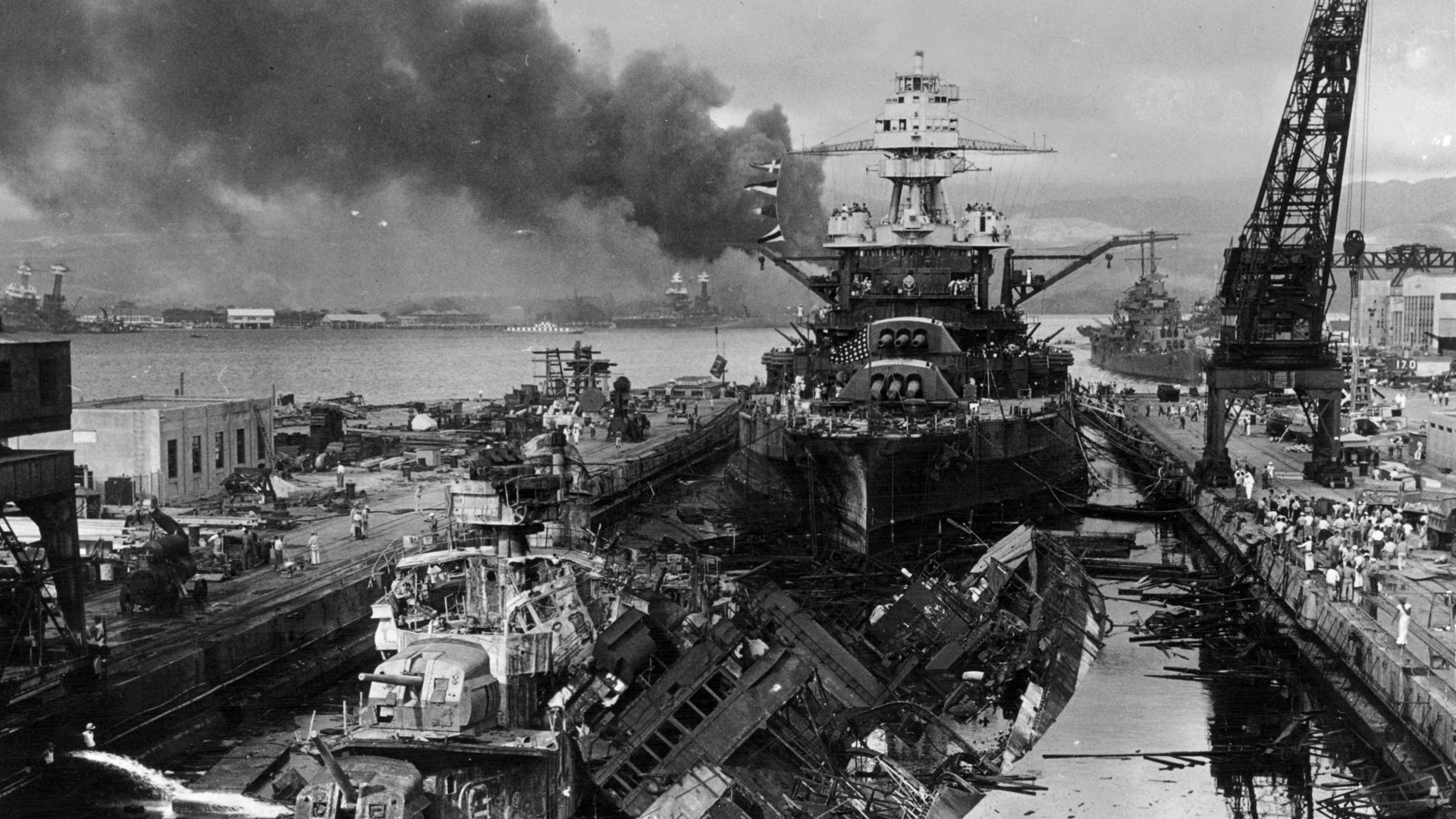
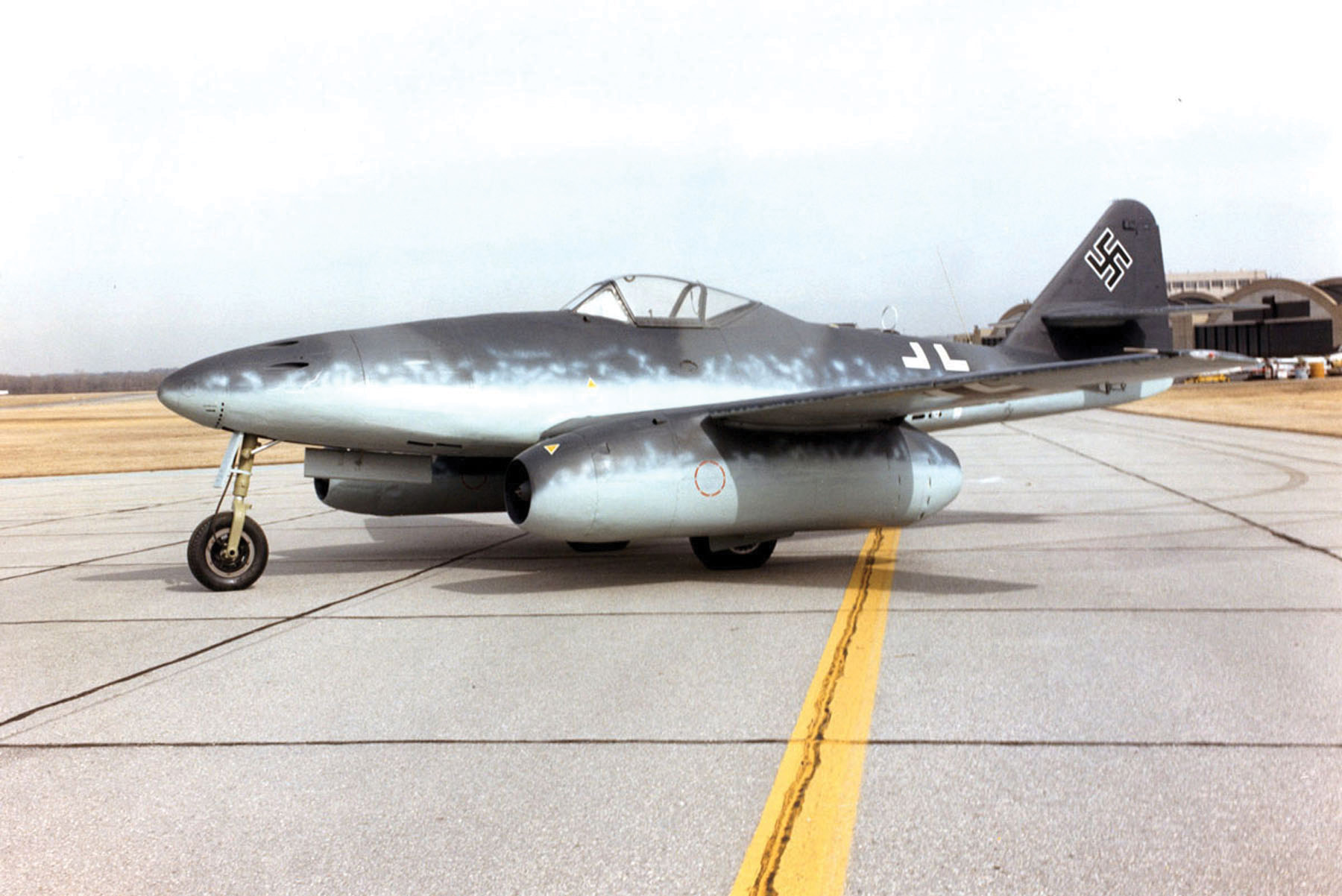
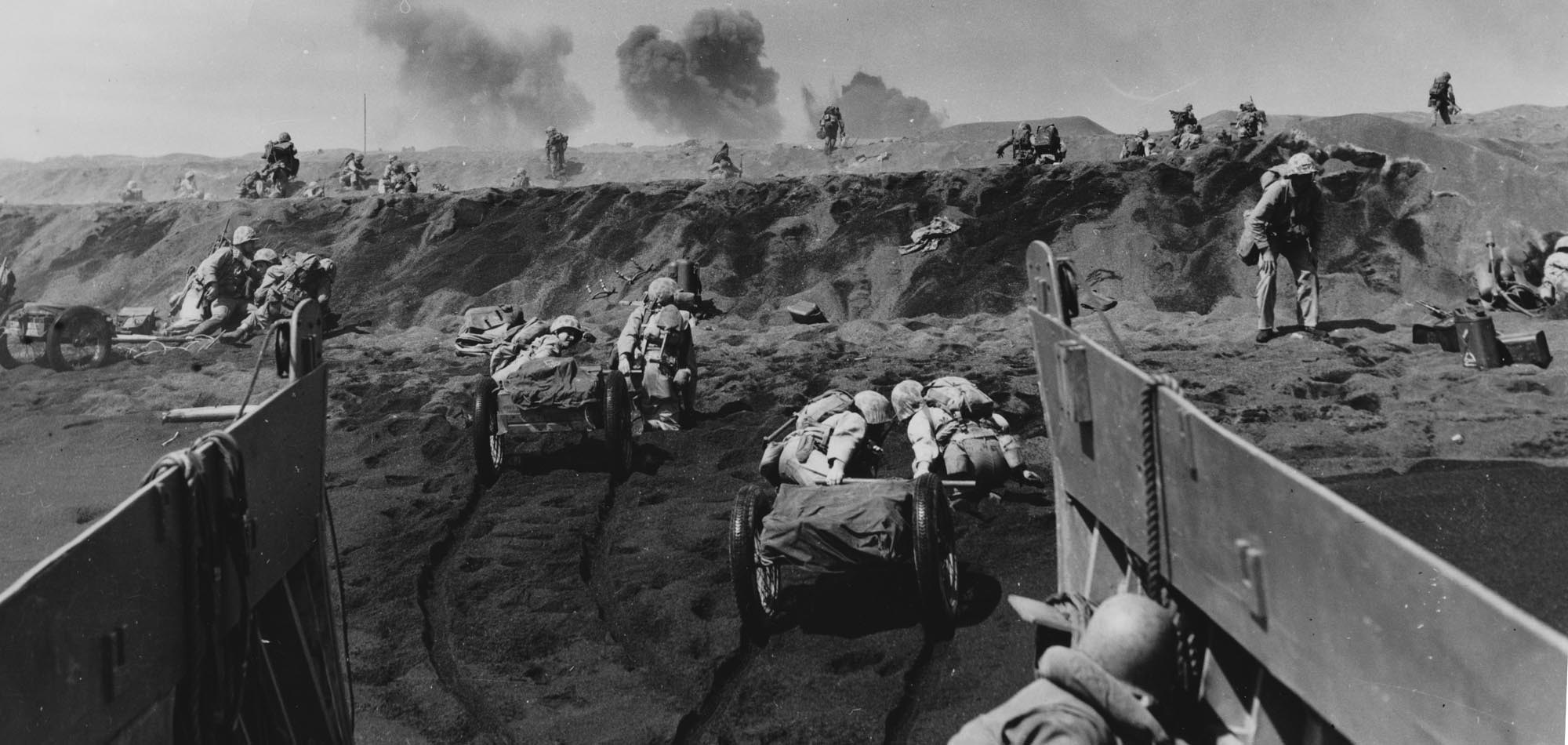
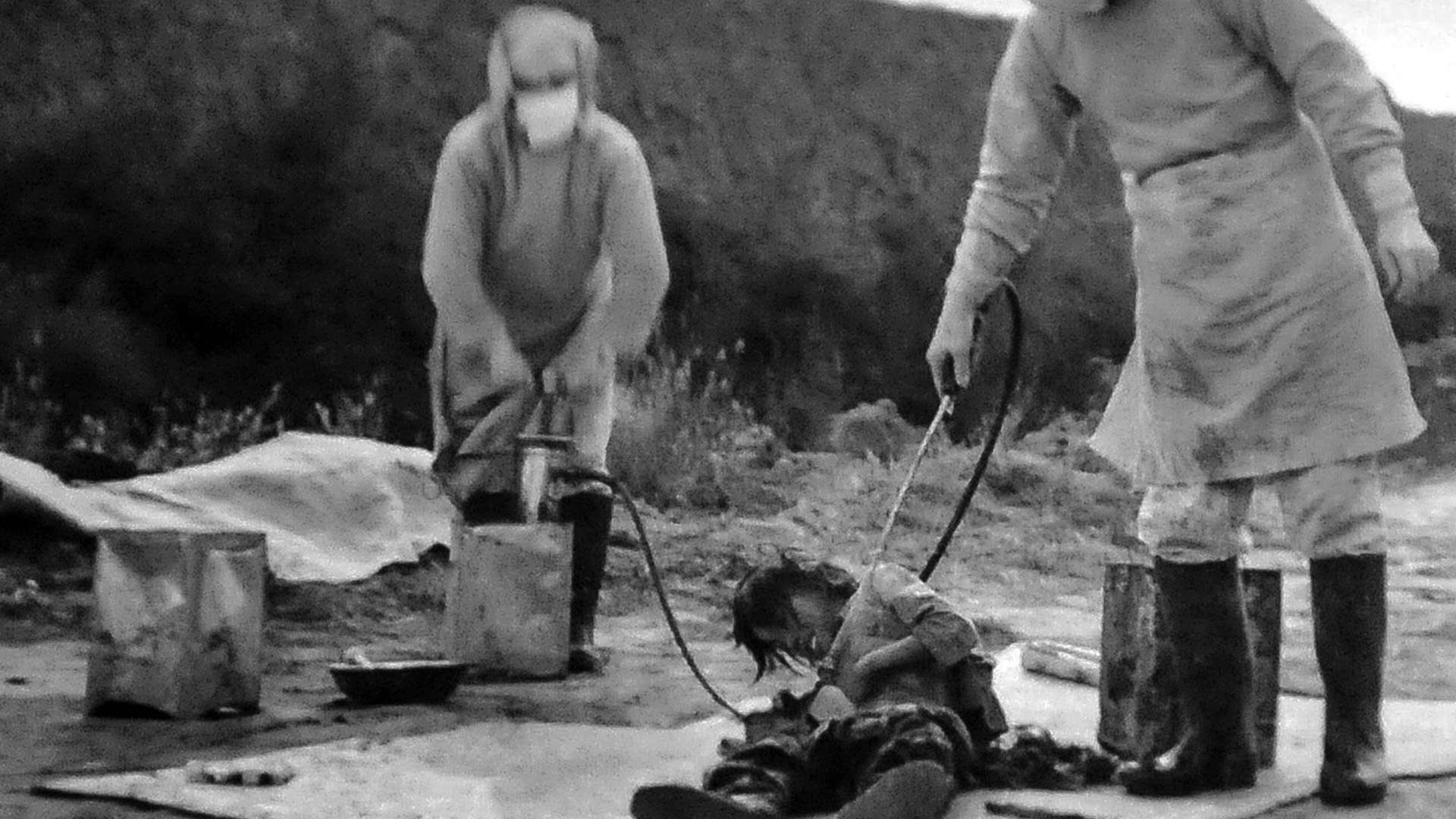
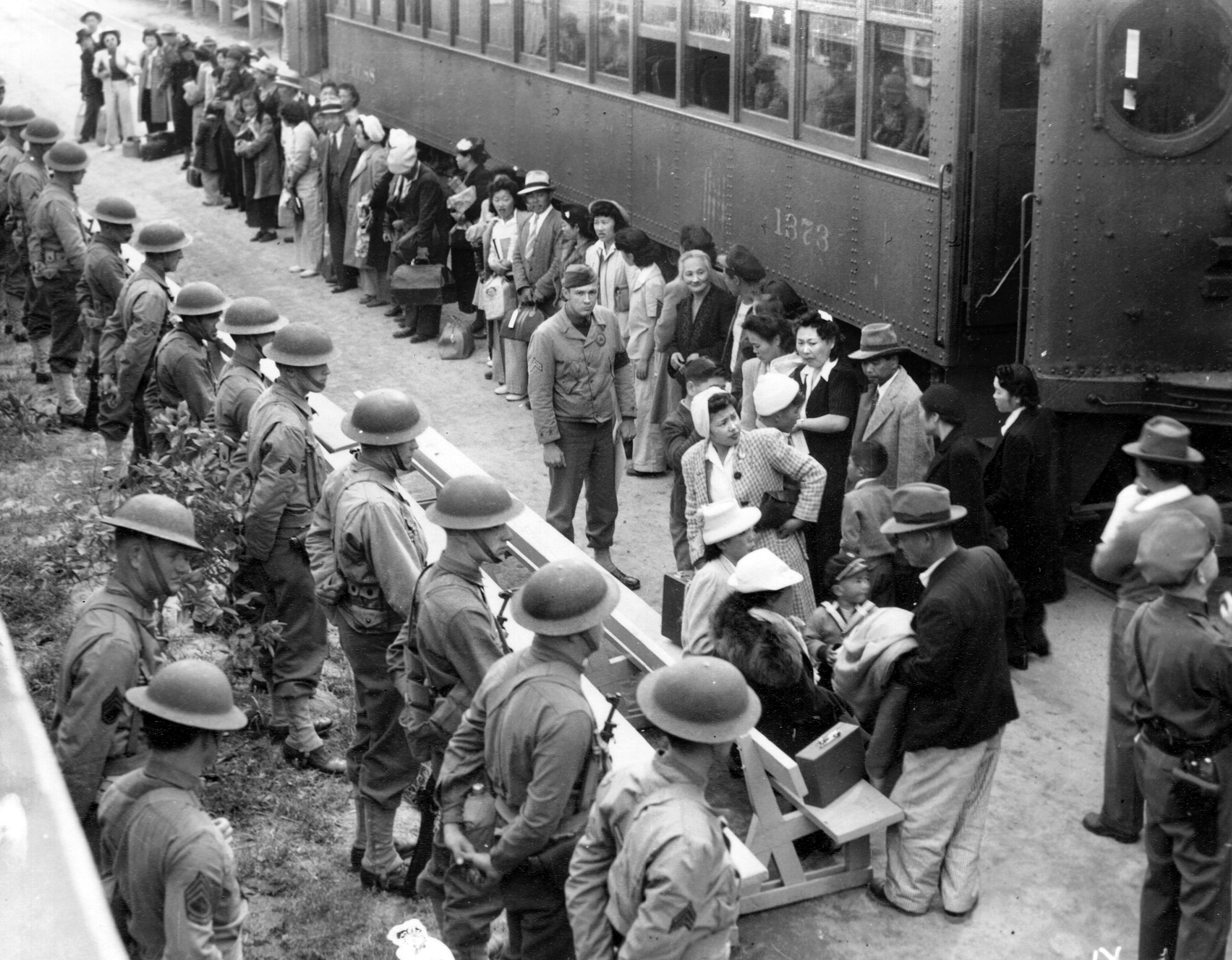
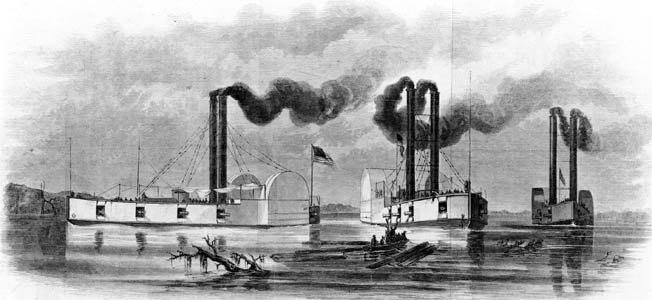
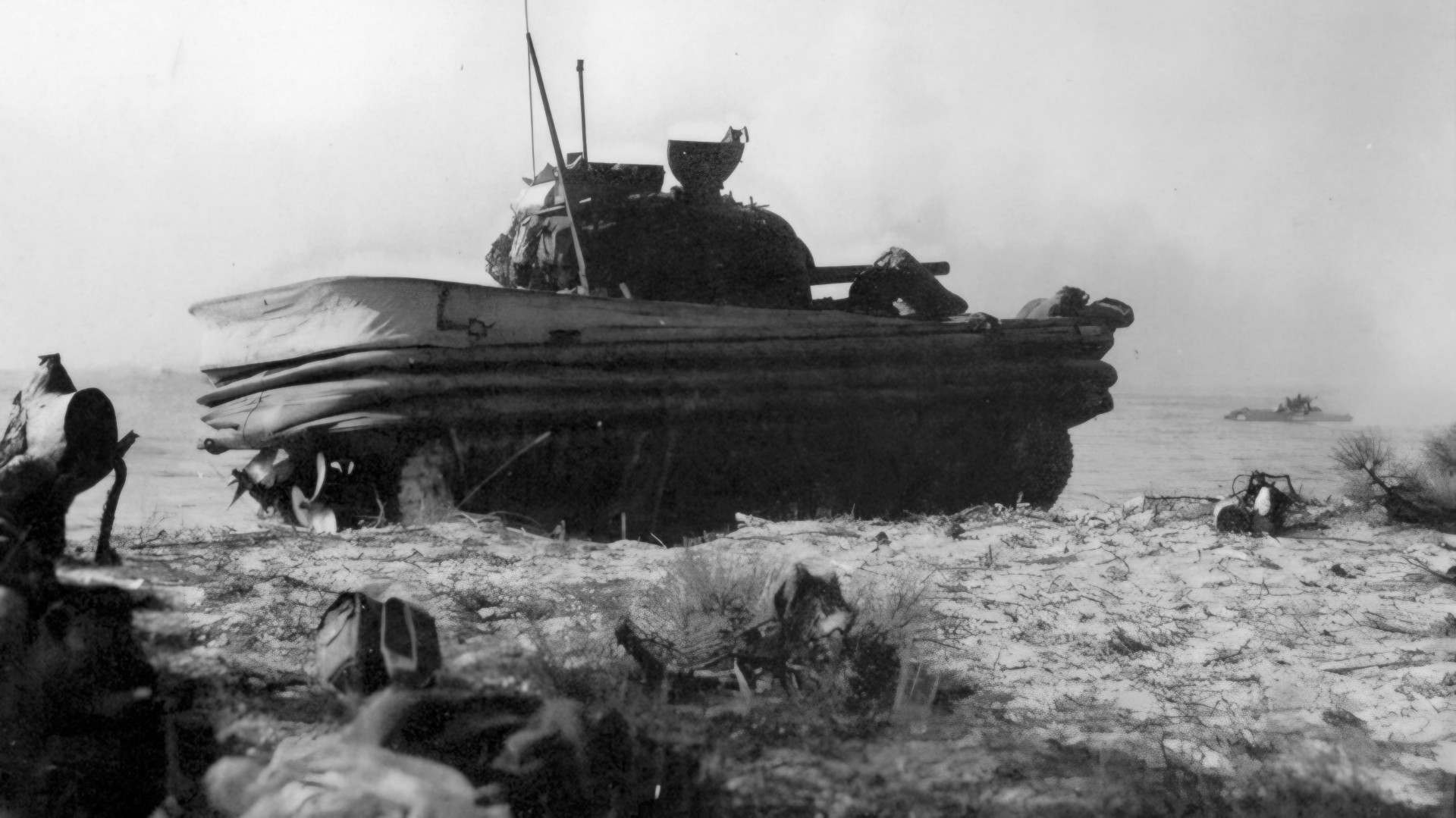
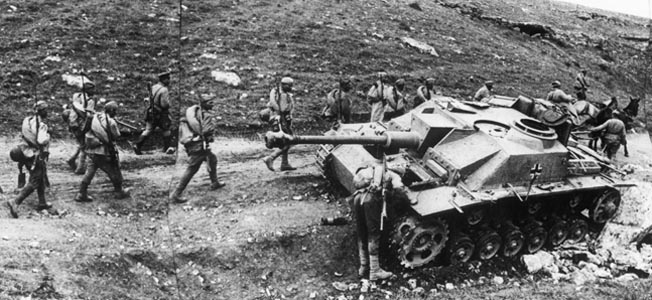
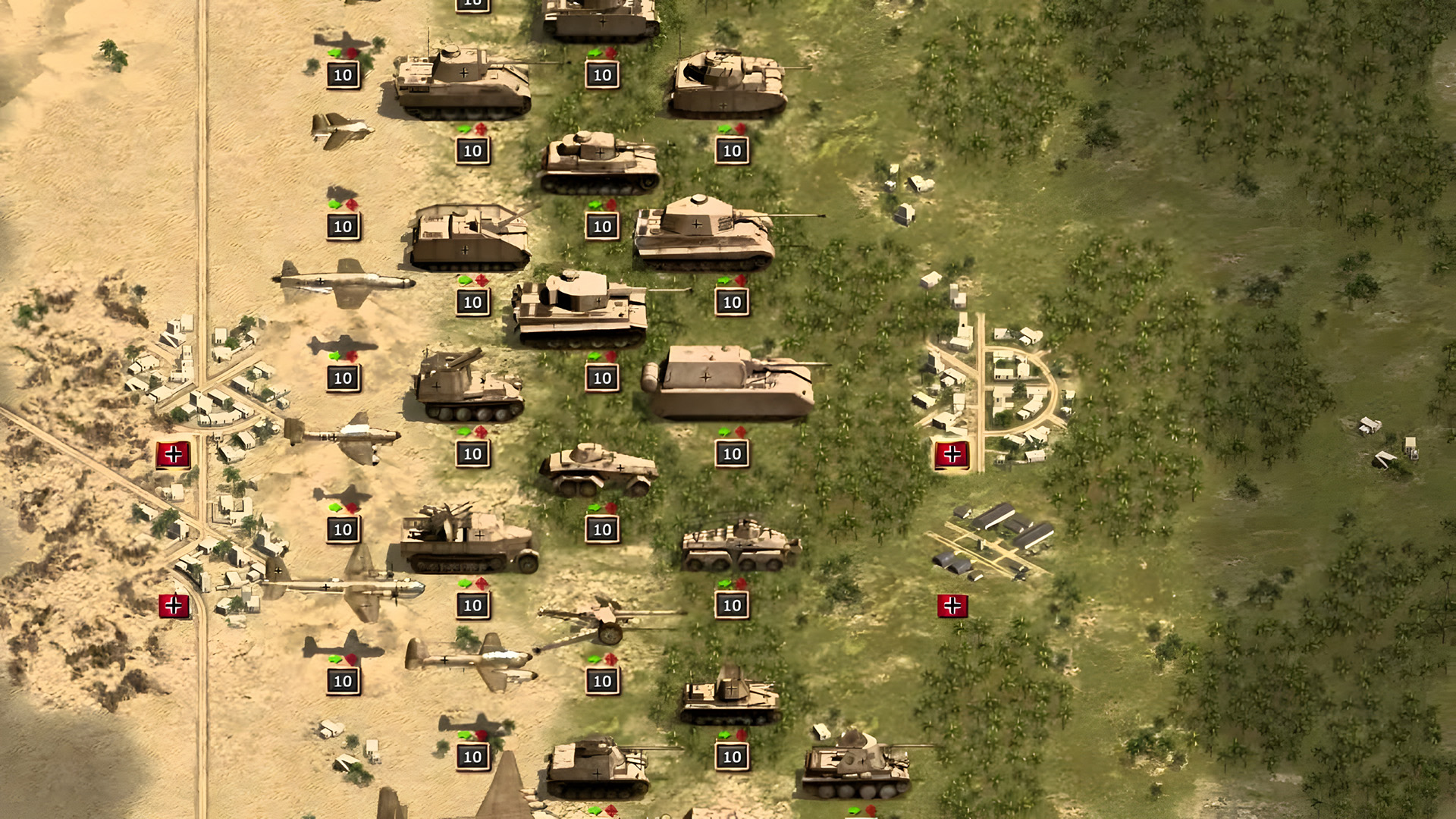
Join The Conversation
Comments